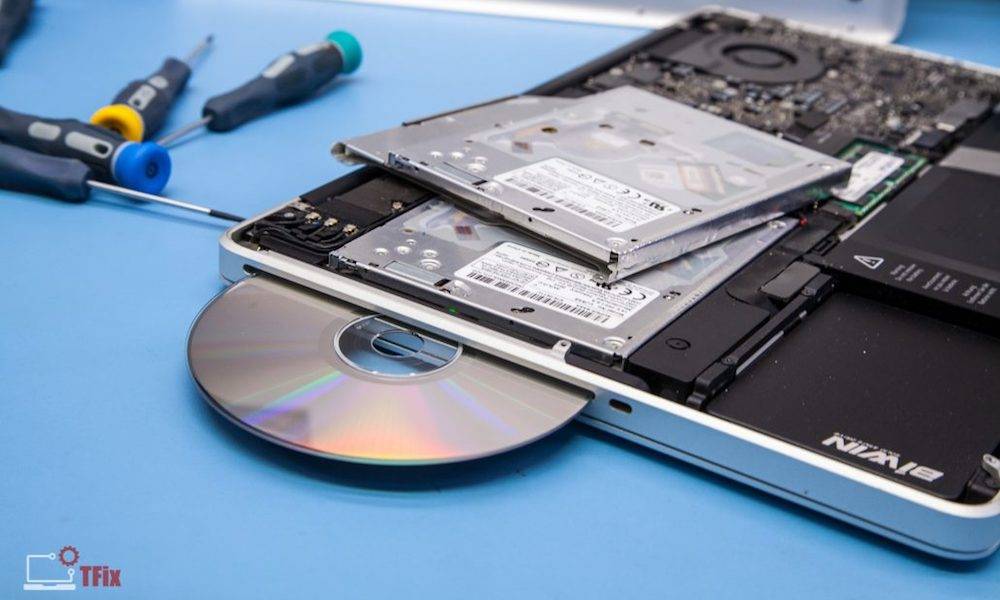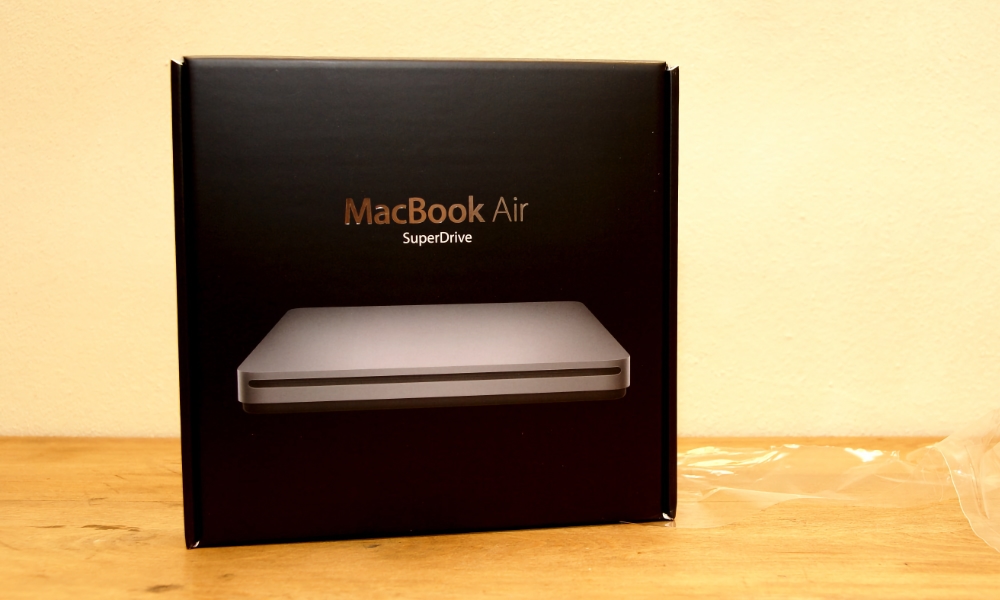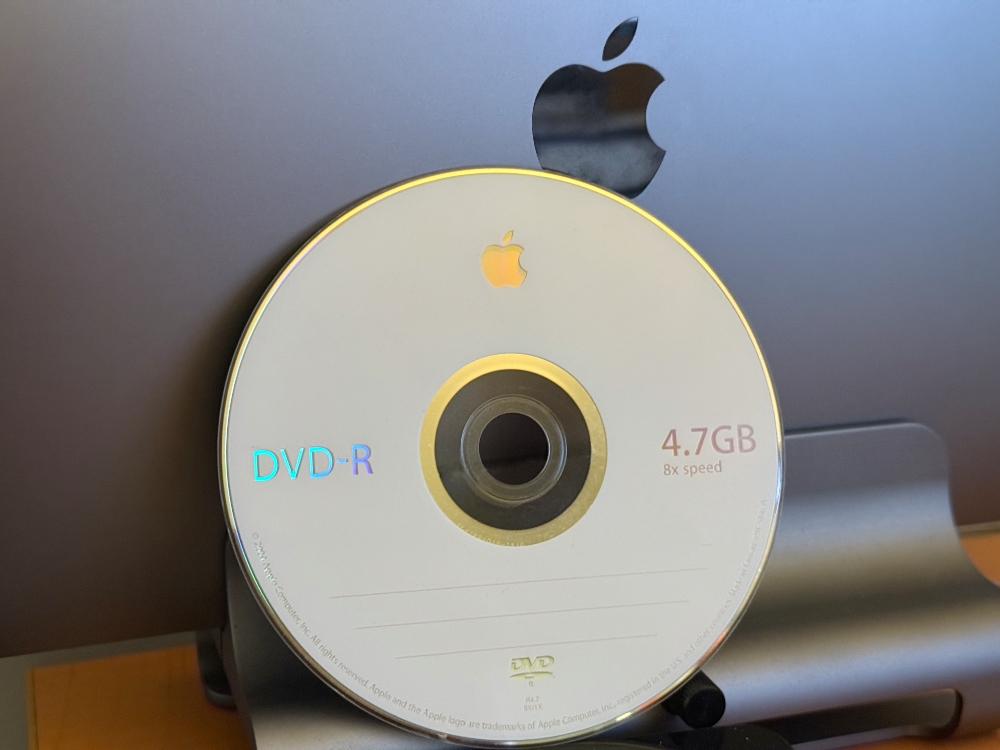A Small 16-Year-Old Piece of Apple History Rides into the Sunset
 Credit: Hector Pierna Sanchez / Flickr
Credit: Hector Pierna Sanchez / Flickr
Toggle Dark Mode
It’s time to pour one out for one of Apple’s longest-running accessories. After a sixteen-year run, Apple’s SuperDrive appears to have been quietly discontinued.
In August, the folks at 9to5Mac noticed that stock levels for Apple’s standalone optical drive had dwindled to almost nothing, suggesting that the product was about to be discontinued. While the product remained available in some countries, it was completely sold out in the US and seemed unlikely to return.
This morning, MacRumors confirmed this trend has continued, and the SuperDrive is now listed as sold out and unavailable in all countries — at least from Apple. At this point, it’s a pretty safe assumption that it’s gone for good.
It may still be possible to find at third-party retailers, but be wary as many knockoffs have appeared over the years using the “SuperDrive” branding ( Apple clearly hasn’t been too interested in enforcing any trademarks it holds on that name). For example, the official Apple SuperDrive hasn’t been available on Amazon for a while, but it’s not hard to find many third-party “SuperDrives” there — and for about half of Apple’s $79 asking price.
The SuperDrive is a fascinating phenomenon in Apple’s history, as it’s been sold in the same form for 16 years. Apple launched the SuperDrive in 2008 alongside its famous manilla envelope-sized MacBook Air as a concession to those who still needed to use CDs and DVDs.
Virtually every other laptop on the market in those days — including the rest of Apple’s MacBooks — had optical drives built in, and even Mac OS X and other Apple software were still being distributed on DVD. Despite the ability to easily purchase music from the iTunes Store, many iPod users were also still ripping music from their own CDs. Streaming services didn’t exist back then, and the shackles of DRM were only beginning to come off following Steve Jobs’s famous “Thoughts on Music” essay.
The SuperDrive gave Apple the “courage” to remove the optical drive to create the thinnest MacBook ever made without leaving customers stranded in a world where optical media still ruled. It was an important enough accessory that nearly everyone who bought a 2008 MacBook Air considered it a mandatory part of the purchase price, myself included (and I still have mine around, in working order, 16 years later, and still use it to rip CDs and DVDs from time to time).
Whether you’re at the office or on the road, you can play and burn both CDs and DVDs with the Apple USB SuperDrive. It’s perfect when you want to watch a DVD movie, install software, create backup discs, and more.
Only slightly bigger than a CD case, the Apple USB SuperDrive slips easily into your travel bag when you hit the road, and takes up little space on your desk or tray table when you’re working.Apple Store listing for the USB SuperDrive
By 2013, CDs and DVDs had begun to go the way of the floppy disc, and the optical drives had disappeared from all of Apple’s MacBooks and even its desktop iMacs, which adopted a slimmer unibody design without the flat edges of prior models.

The SuperDrive remained available for those who still needed to use optical media. However, that was far less necessary in a world where software came through the Mac App Store, folks consumed music and movies from Spotify and Netflix, and even Mac OS X updates were distributed over the air. The last version of Mac OS X to be sold on DVD was Mac OS X Snow Leopard 10.6, released in 2010.
Even though Apple kept selling the SuperDrive, it never upgraded it in any way. It plodded along as the same product that was introduced in 2008, not even making a switch from a USB-A to a USB-C connector. This made things tricky for folks with modern MacBooks, as the SuperDrive draws power directly from the Mac’s USB port and won’t work through most USB-C hubs — it needs to be connected directly to the Mac using a basic USB-A to USB-C adapter.
Despite the USB port limitations, the SuperDrive had the advantage of “just works” simplicity with Apple’s Macs, which was likely one reason for its popularity. It didn’t require a separate power adapter, and could be used even while a MacBook was running on battery. However, it was also a Mac-exclusive accessory. There have been plenty of other options available for years that work with both Macs and PCs, offer USB-C connections, and can read Blu-ray discs in addition to CDs and DVDs, so seeing the final death of Apple’s SuperDrive is more of an opportunity for nostalgic reflection than an actual problem.









